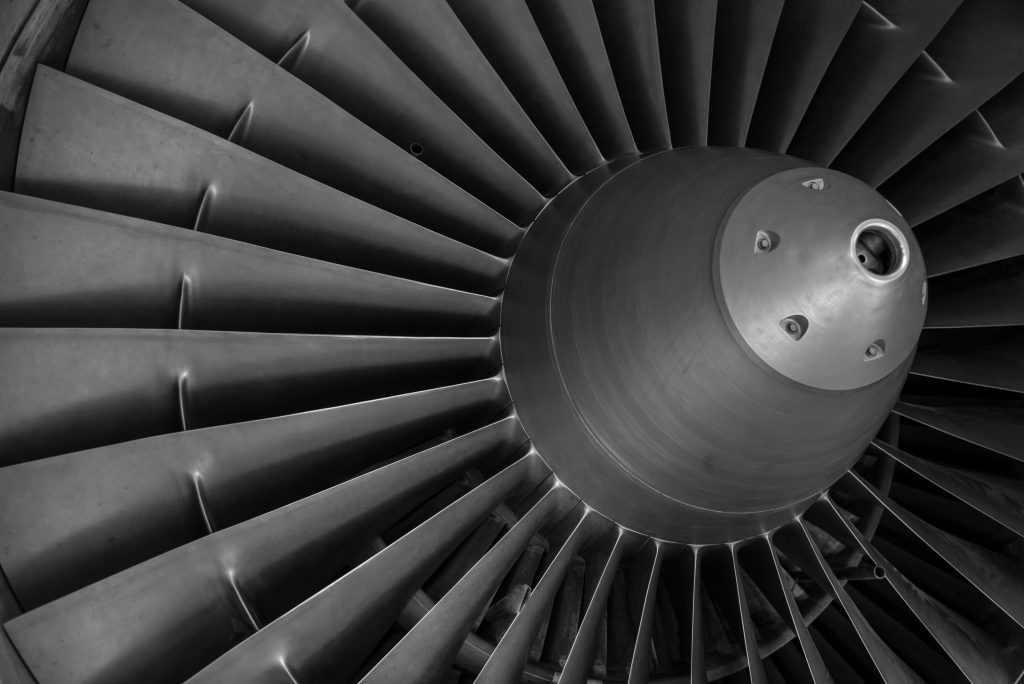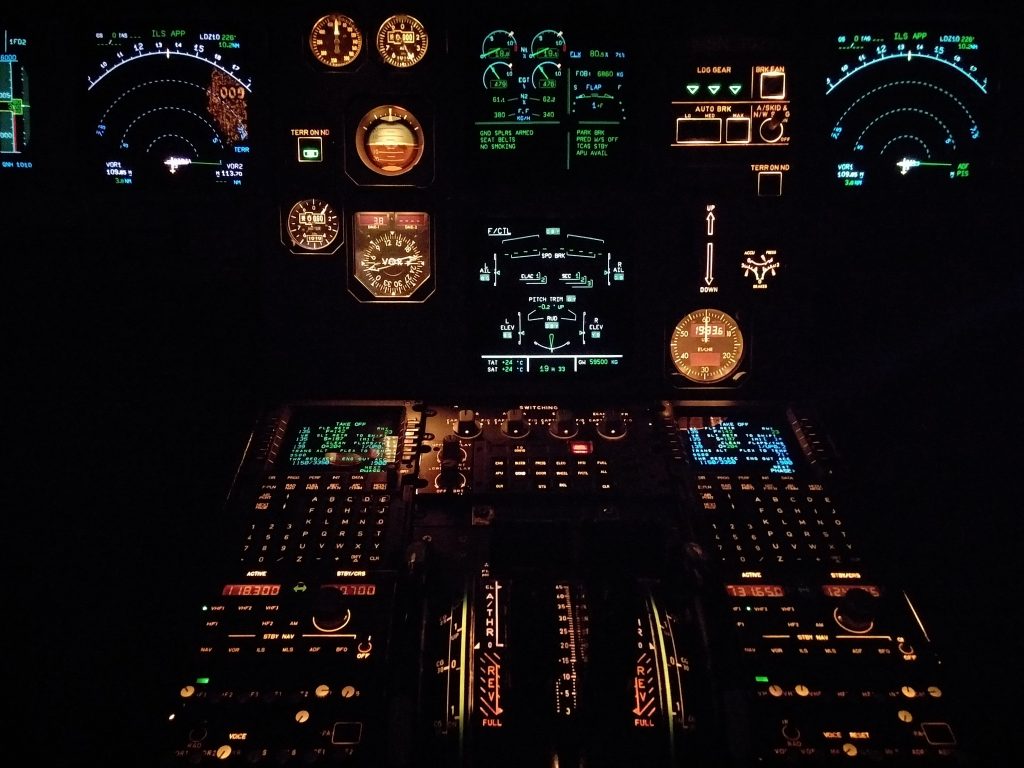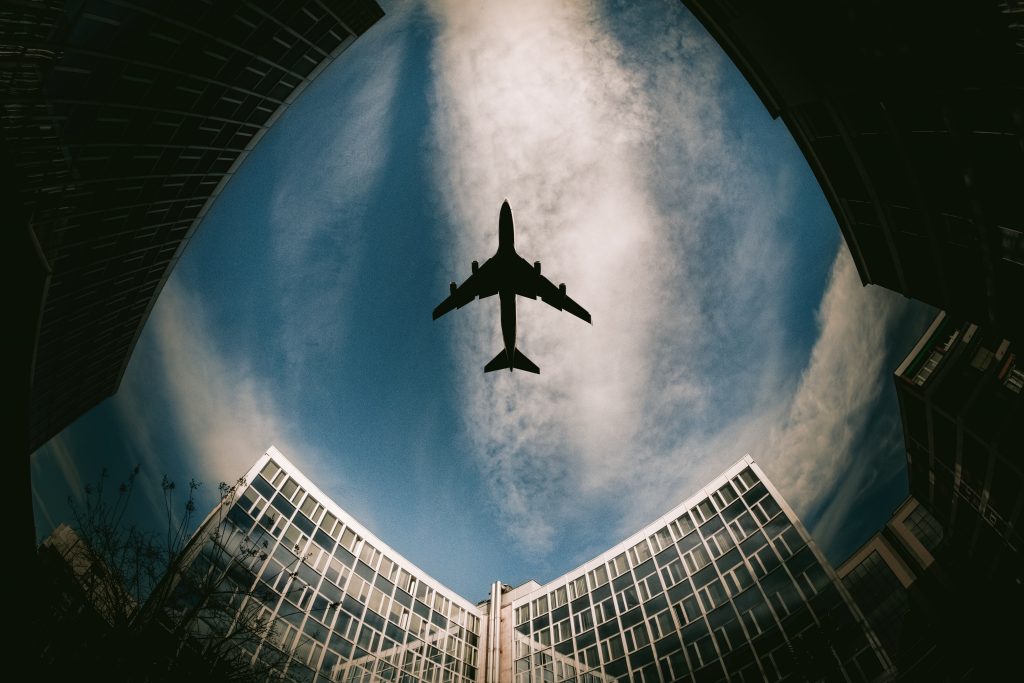
The aviation sector prioritizes safety. Air travel is normally highly safe, and every aircraft has the necessary equipment to ensure the safety of all crewmembers and passengers in the event of an accident.
Safety and Survival Equipment.
- Oxygen.
Because the air at higher altitudes is colder and denser, there are fewer oxygen molecules in it, making breathing more difficult. Air filtration systems assist in the conversion of outside air to breathable air. Emergency oxygen systems ensure that everyone has access to oxygen in the event of a system failure.
Oxygen generators and masks are installed in every passenger seat, flight attendant seat, and toilet. When the cabin reaches 14,000 feet in altitude, oxygen masks are automatically deployed from above. If the automatic system fails, the flight crew can use an override switch to manually open the cabin’s oxygen doors. Flight attendants can manually open each oxygen door through a release hole in the door if that doesn’t work.
Each member of the flight crew has their own mask in the cockpit. In comparison to cabin masks, these masks have additional functions. The mask is secured to the head thanks to an inflatable harness. The operator can adjust the ratio of ambient air to pure oxygen using a flow-control knob. A built-in microphone allows you to keep in touch with the rest of the crew.
Portable oxygen systems enable the use of oxygen in situations where the whole cabin’s oxygen system is not required. If a passenger has problems breathing, flight attendants and approved medical practitioners on board can deliver oxygen to them directly.
Portable oxygen systems can contain up to 11 cubic feet of oxygen, depending on the size of the cylinder. At least one disposable mask for giving oxygen is included with each cylinder. The mask is connected to continuous flow valves at the top of the machine, allowing pure oxygen to flow through it. Oxygen flows at 2 litres per minute or 4 litres per minute, depending on the valve used. The instructions for use are printed on a sticker on the side of the cylinder.
- Flashlights.
Behind each pilot seat are high-intensity flashlights. A blinking LED indication on these flashlights indicates that they are in good working order.
- Crash Ax.
Usually stored behind the copilot’s seat, the crash ax is strong enough to cut metal, open holes and force open doors and windows.

- Megaphones.
Megaphones assist the crew in sharing crucial information if the aircraft’s public address system loses power.
- Escape Ropes.
Some emergency exits lead to the plane’s wings. Passengers can use these ropes to stabilize themselves as they exit the plane by attaching them to loops on the wings.
- Evacuation Slides.
These slides are kept in the emergency escape doors and, once inflated and released, allow passengers to exit the plane safely without falling from a perilous height.
- Break in- Area.
A designated break-in location on top of the fuselage indicates the most accessible place to cut into if emergency personnel need to force their way into the aircraft.
The aforementioned equipment is essential for the survival of the victims of a plane crash. While air travel is regarded as the safest mode of transportation, it is necessary to keep them up to date and replace the expired ones. ALTUS is an aviation consultancy firm that also specializes in aircraft safety and survival equipment in Malaysia.

